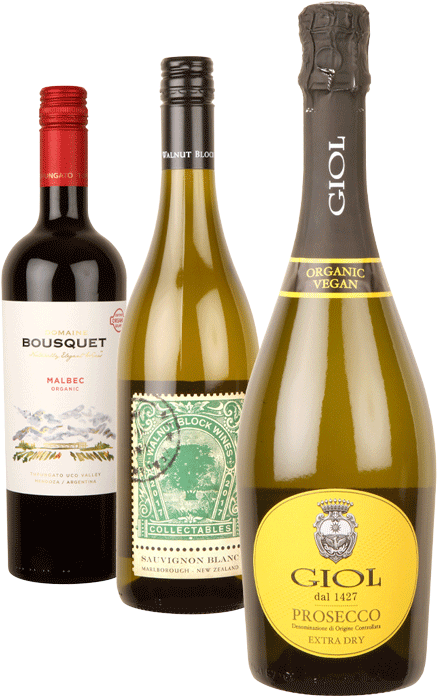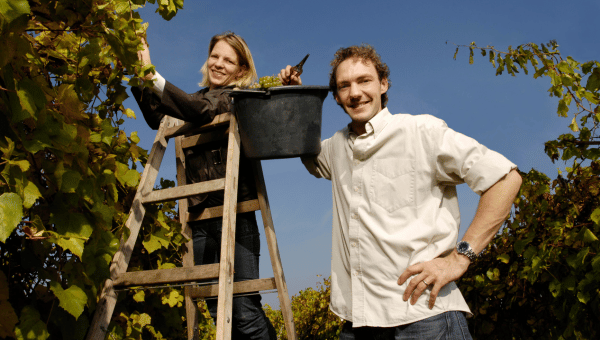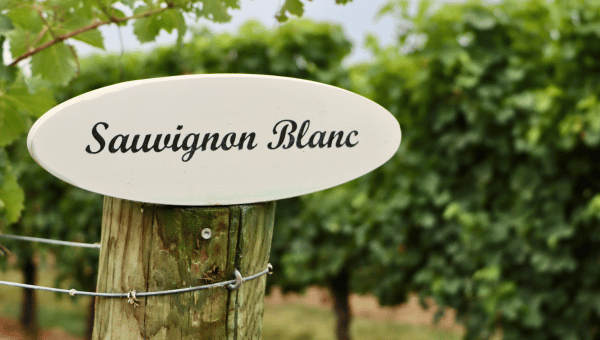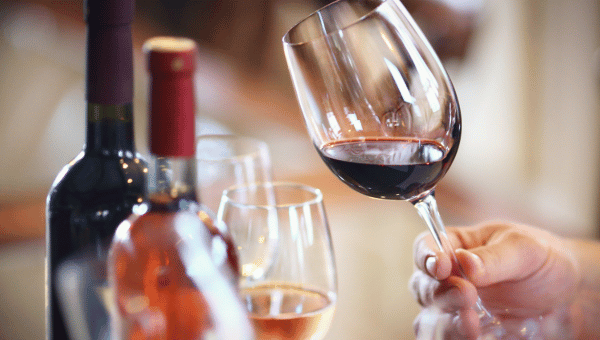Say it with a wine label
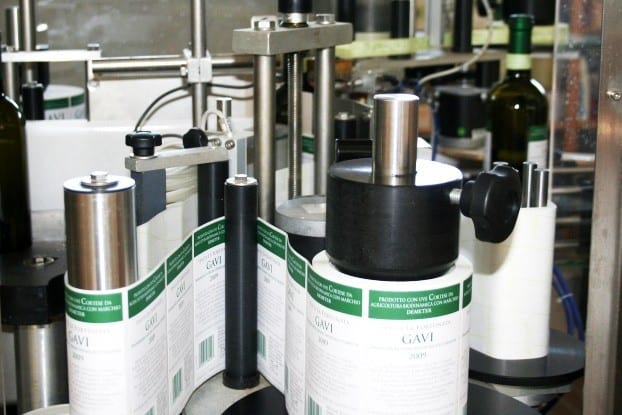
If you enjoy wine, you’ll have found yourself at some point in a wine shop, or supermarket trying to choose a bottle from scores, or even hundreds on the shelves. If there’s nothing open, and on taste, what have you got to go on? Mainly, it will be the wine label, and what it says on it, along with the price tag of course!
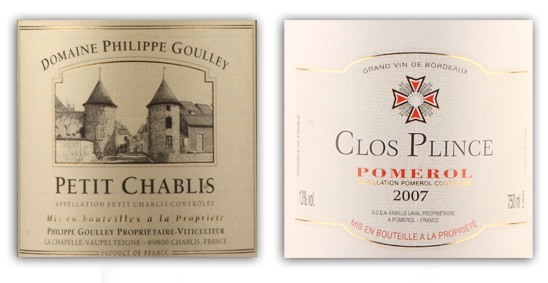
Interesting how we make judgements based on very little. We’ve all heard the saying ‘don’t judge a book by its cover’ and we all have had the experience of talking with someone on the phone, whom we’ve never met and imagining what they must look like. So it is with wine labels, it’s very subjective to how we react to colours, brand name, images, clarity, whether the ‘look’ fits the price etc.
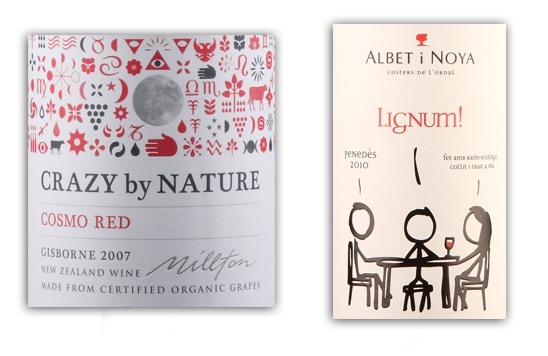 It probably won’t surprise you, that there are many companies whose main purpose is to market and design wine labels. We at Vintage Roots have had experience with quite a few over the years, as we’ve developed some of our own exclusive ‘own label’ brands. For example ‘Touchstone’, ‘Wild Thing’ and the ‘Organic’ range which is soon to be rebranded in 2015.
It probably won’t surprise you, that there are many companies whose main purpose is to market and design wine labels. We at Vintage Roots have had experience with quite a few over the years, as we’ve developed some of our own exclusive ‘own label’ brands. For example ‘Touchstone’, ‘Wild Thing’ and the ‘Organic’ range which is soon to be rebranded in 2015.
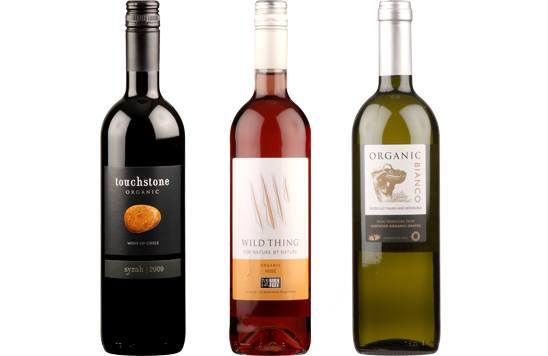
If you have a little bit of wine knowledge, and you know what you like, then choosing from the label and what it says, is easier. It becomes simple to search by region, grape variety, or even producers name or brand, as long as this information is clear.
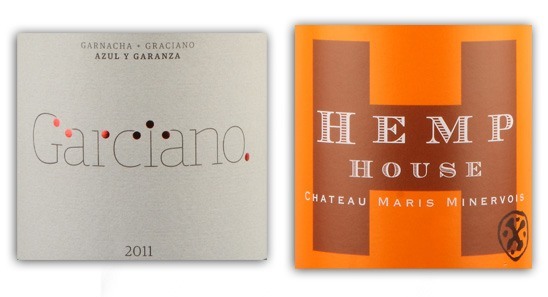
As you might expect, there are plenty of regulations and strict guidance procedures involved with labelling, get it wrong and it can lead to fines or product recalls. For example, the following information is compulsory:
Wine/Country of Origin – e.g. France (can be more vague ‘European Community Wine’ is now permitted.)
‘Wine’ – the name itself must be on label for still wines.
Bottlers details
Nominal volume – (e.g. how much wine is inside, 75cl)
Actual alcoholic strength – must be shown as whole 13% or half unit measure 13.5% only. For e.g. 13.7 not allowed.
Protected designation of origin – regional origin name from an approved list.
There are also strict minimum heights for text size relating to some of this information. For example alcohol volume must be at 3mm height minimum, and bottle volume at 4mm minimum. The important information above must also all be visible in, one field of vision – this could be all on front or all on the back label.
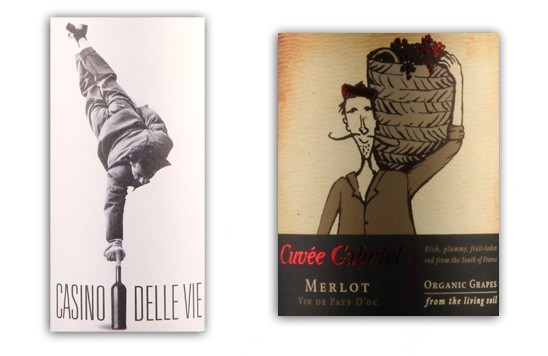
After the ‘must do’s’, there are a list of optional items that can be included, and this will be down to the producer and/or designer. For example the brand name, colour, grape and vine variety and even vintage. It may well be of interest that for a single grape variety to appear on the wine label, it must be of 85% minimum constituent. So a Merlot wine that also contains 15% Syrah can simply say ‘Merlot’ on the label. Two or more varieties can appear on the label, if 100% of varieties are listed and in descending order.
ALLERGEN ADVICE
How much more can be fitted on a wine label?! Thankfully back labels are now the norm, and this is usually where any allergen advice goes. Laws are changing rapidly on this and recently too. Since 2005/06 the description ‘contains sulphites’ or ‘contains sulphur dioxide’ must be shown if the finished wine contains more than 10 milligrams per litre of SO2. Vintage Roots does offer a range of ‘No Sulphur Added’ and Low Sulphur wines, and provides information in its Wine List as well as online.
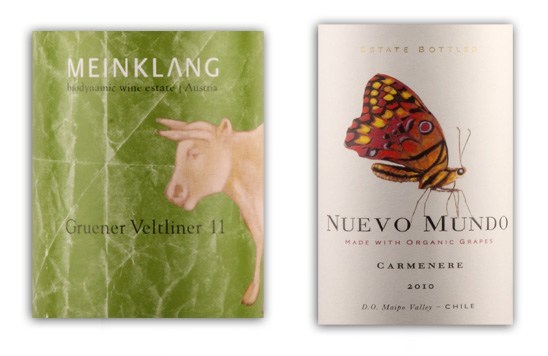
From July 2012 onwards, warning advice also has to be added declaring, ‘contains egg’ and/or ‘contains milk’ products. Vintage Roots has been providing much of this information as ‘extra’ for 20+ years (via Wine List and website) already. Its good to know it is now becoming law and we hope for more necessary transparency on ‘ingredients’ in the future!
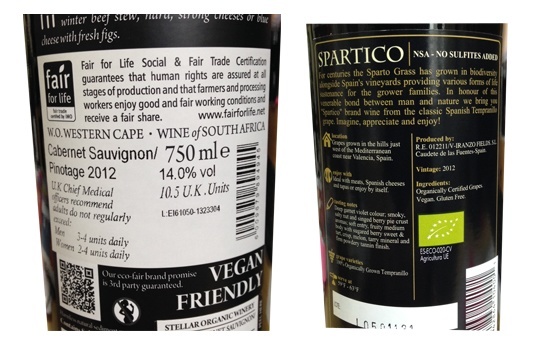
A recent and welcome addition (again from 2012) in our sector, was the change to being able to add the term ‘Organic Wine’ to the label, instead of the previously used ‘wine made from organically grown grapes’.
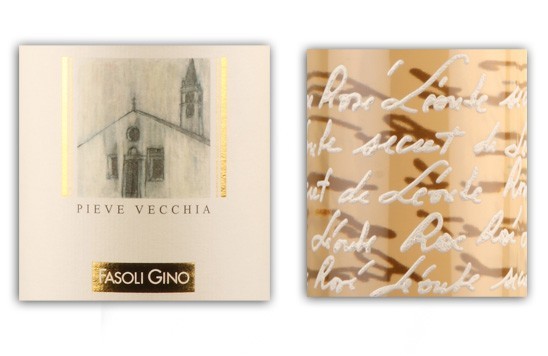
These changes and additions are all good news for printers, and label designers. Sometimes I feel sorry for some of our producers who export to maybe 10 or 20 countries, with each country having different label laws and requirements!! The wine won’t give you a headache, but the label will!
So next time you are browsing the wine shelves, spare a thought for what the label is trying to tell you, look out for the vital information and read the back label too, but remember most importantly discover whether the contents delivers what you thought it would!



